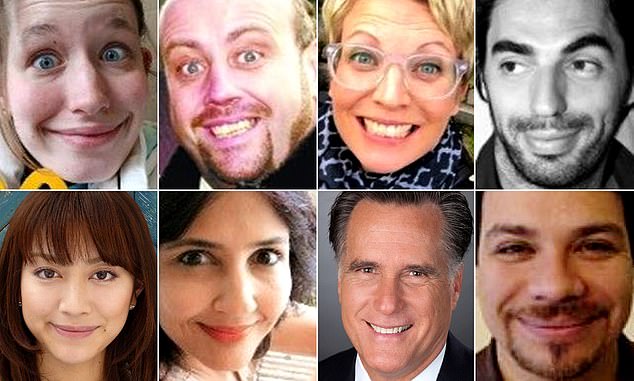WASHINGTON: Happiness can be conveyed using 17 different facial configurations, according to scientists who found that out of over 16,000 expressions only 35 can be recognised across cultures around the world.
While human beings can configure their faces in thousands and thousands of ways to convey emotion — from anger to sadness to riotous joy — the number of ways our faces can convey different emotions varies.
Disgust, for example, needs just one facial expression to get its point across throughout the world. Happiness, on the other hand, has 17 — a testament to the many varied forms of cheer, delight and contentedness, researchers said.
“This was delightful to discover, because it speaks to the complex nature of happiness,” said Aleix Martinez, a professor at The Ohio State University in the US.
The differences in how our faces convey happiness can be as simple as the size of our smiles or the crinkles near our eyes, the study found.
The study, published in the journal IEEE Transactions on Affective Computing, also found that humans use three expressions to convey fear, four to convey surprise, and five each to convey sadness and anger.
“Happiness acts as a social glue and needs the complexity of different facial expressions; disgust is just that: disgust,” Martinez said.
The findings build on Martinez’s previous work on facial expressions, which found that people can correctly identify other people’s emotions about 75 per cent of the time based solely on subtle shifts in how blood flow colours a person’s nose, eyebrows, cheeks or chin.
Researchers hoped to identify the facial configurations that convey emotion across cultures. Based on computer algorithms, they found that the human face is capable of configuring itself in 16,384 unique ways, combining different muscles in different ways.
They took the 7.2 million images their searches yielded and sorted them into categories, looking for those that expressed emotion across cultures.
Martinez figured they would find at least a few hundred. They found only 35.
For the study, the team assembled a list of words that describe feelings — 821 English words, to be exact. It then used those words to mine the internet for images of people’s faces.
Professional translators translated those words into Spanish, Mandarin Chinese, Farsi and Russian. To avoid bias, they used each word to download an equal number of images.
They plugged the words into search engines popular in 31 countries across North America, South America, Europe, Asia and Australia, and ended up with approximately 7.2 million images of facial expressions across a variety of cultures.
The study did not include countries from the African continent or other remote parts of the world because of the limited number of candid images available from those areas. (AGENCIES)


